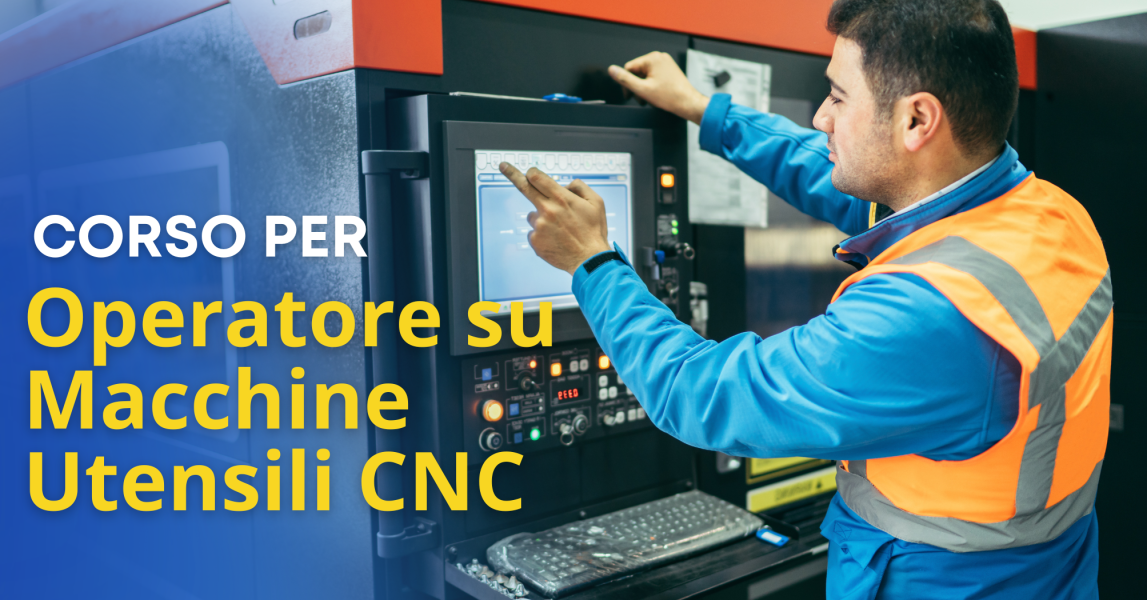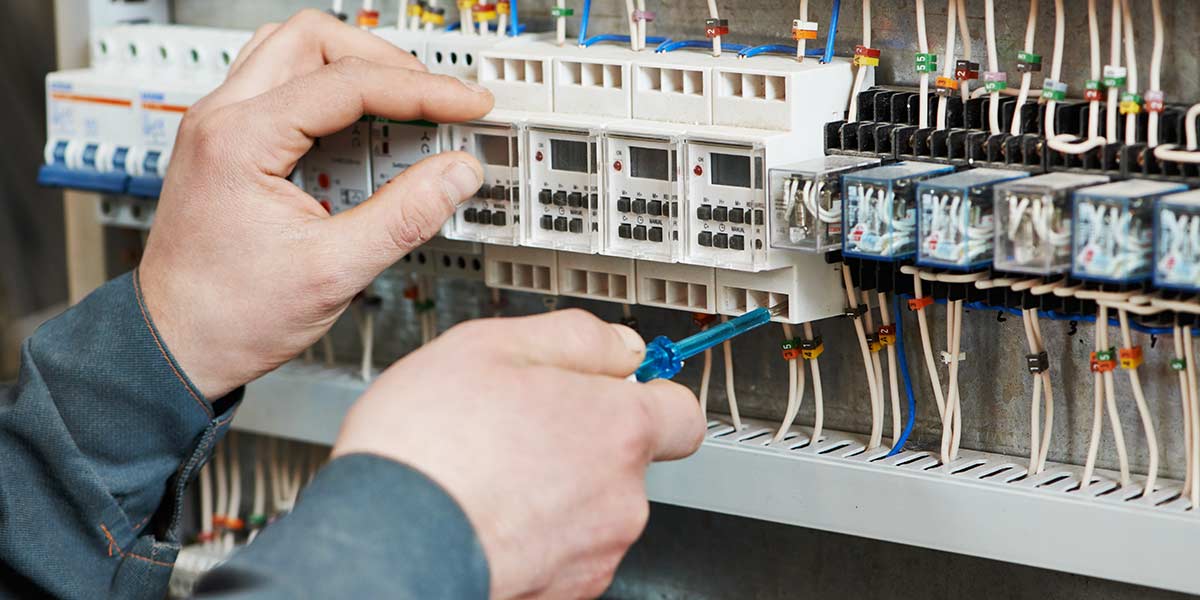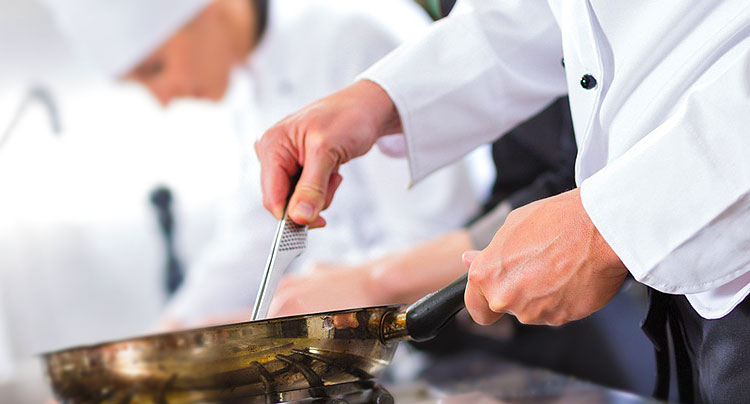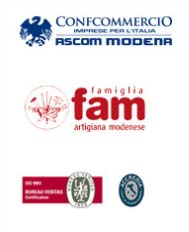It was my first time visiting this facility for the CQC renewal course.
I obviously had access to the meeting room on the ground floor, and I must say it is spacious, well-equipped, and comfortable.
On the ground floor, there is a small room with a coffee machine and a water dispenser, so light refreshments are available during breaks.
As with any proper facility, there is a caretaker, the premises are served by parking spaces — unfortunately paid — and for those coming from Modena, it is also reachable on foot or by bike.
Hospitality and Reception Operator
Target Participants
Young people and adults who are unemployed or inactive, Italian or foreign citizens with at least a B1 level of Italian language proficiency, residing or domiciled in Emilia-Romagna, and who have completed compulsory schooling.
The course is particularly suitable for those who wish to enter or retrain in the hospitality and catering sector, acquiring practical skills applicable in national and international contexts.
Learning Objectives
The course aims to train a professional capable of:
Preparing and serving food and beverages according to recipes, quality standards, and hygiene regulations;
Managing dining room and bar operations while ensuring courteous and attentive service to customers;
Applying HACCP protocols and food safety regulations;
Collaborating with the chef and kitchen staff in managing timing and operational activities;
Using digital tools for managing orders, inventory, and reservations.
Training Content by Competence Unit (CU)
COMPETENCE UNIT 1 – Handling of Raw Materials and Semi-Finished Products
Contents:
Cleaning, preparation, and portioning of raw materials and semi-finished products.
Correct storage and conservation of ingredients according to hygiene and safety standards.
Use of kitchen equipment and machinery for processing foods and semi-finished products.
Monitoring quality, freshness, and suitability of raw materials and semi-finished products.
Expected outcomes:
Raw materials and semi-finished products are handled and stored in compliance with hygiene, safety, and quality standards.
Processing respects recipes, operational procedures, and food safety regulations.
COMPETENCE UNIT 2 – Preparation of Dishes
Contents:
Cooking methods for different types of dishes (boiling, frying, baking, steaming, sous-vide, etc.).
Following recipes and portioning dishes for service.
Maintaining hygiene and sanitation standards in the kitchen.
Selection and combination of ingredients to create complete menus (starters, main courses, sides, desserts).
Expected outcomes:
Dishes are prepared according to recipes, quality standards, and hygiene regulations.
Final presentation and taste of the dishes comply with culinary and food safety requirements.
COMPETENCE UNIT 3 – Setup of Dining Areas and Table Service
Contents:
Setting up dining spaces, arranging tables, and preparing the mise en place.
Serving techniques including order taking, dish distribution, and beverage service.
Monitoring cleanliness, functionality, and aesthetic standards of the dining area.
Applying customer service and communication skills during table service.
Expected outcomes:
Dining areas are prepared and service delivered in accordance with quality and hygiene standards.
Customer experience is efficient, organized, and visually appealing.
COMPETENCE UNIT 4 – Preparation and Service of Beverages and Snacks
Contents:
Preparation and presentation of beverages (coffee, cocktails, juices) using appropriate equipment.
Preparation and serving of quick meals and snacks (sandwiches, toast, wraps).
Quality control and hygiene compliance during beverage and snack preparation.
Planning and sequencing activities according to customer orders and workflow requirements.
Expected outcomes:
Beverages, snacks, and quick meals are prepared and served according to customer requests, quality, and hygiene standards.
Service is delivered efficiently, ensuring safety and satisfaction.
Course Duration: 600 hours, including 240 hours of internship.
Career Opportunities
The course prepares professionals able to work in various segments of the hospitality and catering industry, including:
Restaurants, trattorias, canteens, and pizzerias
Hotels and accommodation facilities with dining services
Catering, banqueting, and event companies
Bars, cafés, and pastry shops
Corporate and school canteens
Tourist facilities, agritourisms, and resorts
Graduates may enter the labor market as assistant cooks, dining room commis, bar staff, waiters, or collaborators in collective and commercial catering enterprises.
Certificate: Issuance of the Professional Qualification Certificate recognized by the Emilia-Romagna Region upon passing the final exam.
















